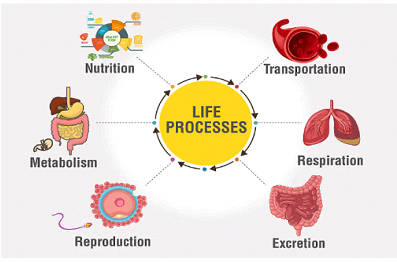The Concept of Electric Charge
Introduction
Electric charge is a fundamental property of matter that gives rise to electric force, one of the four fundamental forces of nature. The concept of electric charge is crucial to understanding electricity, magnetism, and electromagnetic fields. In this blog post, we’ll delve into the history, types, and examples of electric charge, and also highlight some key scientists who contributed to our understanding of this concept.
History of Electric Charge
The concept of electric charge has been studied for centuries. The earliest known study of electricity dates back to ancient Greece, where Thales of Miletus observed that rubbing amber with fur could attract small objects like dust or feathers. However, the term “electricity” was coined much later by the English scientist William Gilbert in the 1600s, who is often regarded as the father of electrical engineering.
One of the most significant contributors to the study of electric charge was Charles-Augustin de Coulomb, a French physicist who formulated Coulomb’s law in 1785. His work laid the foundation for the field of electrostatics. Another important figure is Benjamin Franklin, an American polymath, who is credited with discovering that lightning is a form of electricity.
Types of Electric Charge
Electric charge comes in two types:
- Positive Charge: This type of charge is associated with protons. When a material has more protons than electrons, it carries a positive charge.
- Negative Charge: This type of charge is associated with electrons. When a material has more electrons than protons, it carries a negative charge.
These two types of charges interact with each other in specific ways: like charges repel, while opposite charges attract. This interaction is the basis for many phenomena in electricity and magnetism.
Examples of Electric Charge
Here are a few examples to illustrate the concept of electric charge:
- Static Electricity: When you rub a balloon on your hair, electrons are transferred from your hair to the balloon, giving the balloon a negative charge and your hair a positive charge. This is why your hair sticks to the balloon.
- Lightning: Lightning is a dramatic example of electric charge in nature. It occurs when the electric charge between clouds and the ground becomes so great that it creates a massive discharge of electricity.
- Batteries: In a battery, chemical reactions create a buildup of electric charge, which can then be used to power electronic devices.
Key Scientists in the Study of Electric Charge
Several scientists have made significant contributions to our understanding of electric charge:
- Charles-Augustin de Coulomb: Developed Coulomb’s law, which describes the force between two electric charges.
- Benjamin Franklin: Conducted experiments that demonstrated the connection between lightning and electricity.
- Michael Faraday: Made groundbreaking discoveries in electromagnetism, including the concept of electric fields.
- James Clerk Maxwell: Formulated Maxwell’s equations, which describe how electric and magnetic fields interact.
Frequently Asked Questions (FAQs)
1. What is electric charge?
Electric charge is a fundamental property of particles like protons and electrons that causes them to experience a force when placed in an electric field.
2. What are the two types of electric charge?
There are two types of electric charge: positive charge (associated with protons) and negative charge (associated with electrons).
3. How do like and unlike charges interact?
Like charges repel each other, while unlike charges attract each other.
4. What is Coulomb’s law?
Coulomb’s law describes the force between two charges, stating that the force is directly proportional to the product of the charges and inversely proportional to the square of the distance between them.
5. Who discovered that lightning is a form of electricity?
Benjamin Franklin is credited with discovering that lightning is a form of electricity through his famous kite experiment.
6. How is electric charge measured?
Electric charge is measured in coulombs (C). The charge of a single electron is approximately -1.6 x 10-19 C.
7. What is static electricity?
Static electricity occurs when there is an imbalance of electric charges on the surface of a material, often caused by friction.
8. What is the role of electric charge in batteries?
Batteries store electric charge through chemical reactions and release it as electrical energy to power devices.
9. What is the significance of Maxwell’s equations?
Maxwell’s equations are a set of four equations that describe the behavior of electric and magnetic fields and how they interact with each other.
10. Why do electric charges cause forces?
Electric charges cause forces because they create electric fields that exert forces on other charges within the field.


